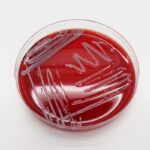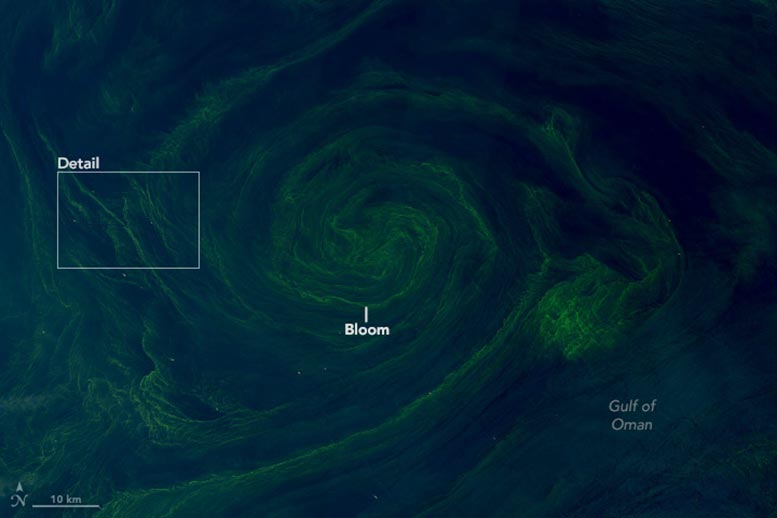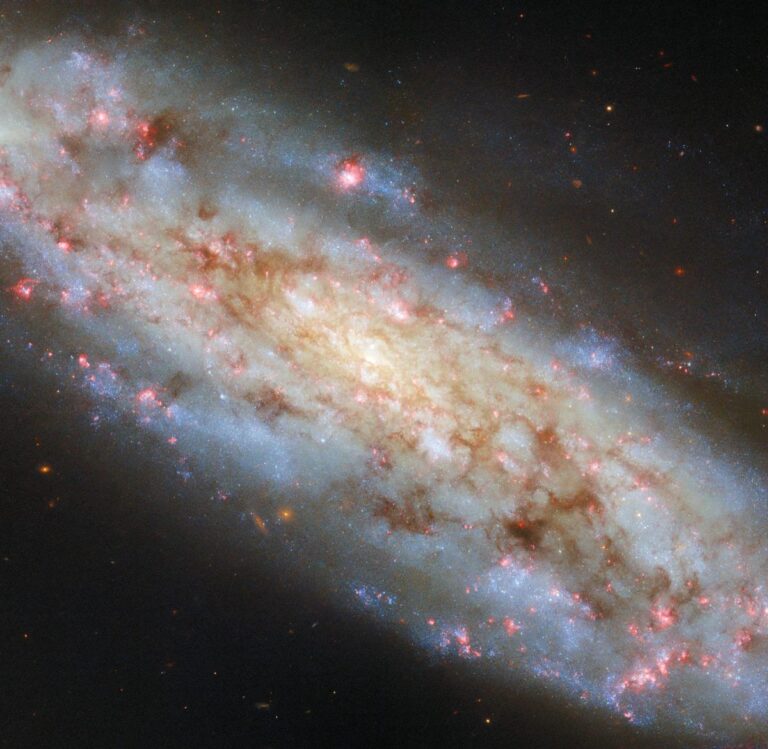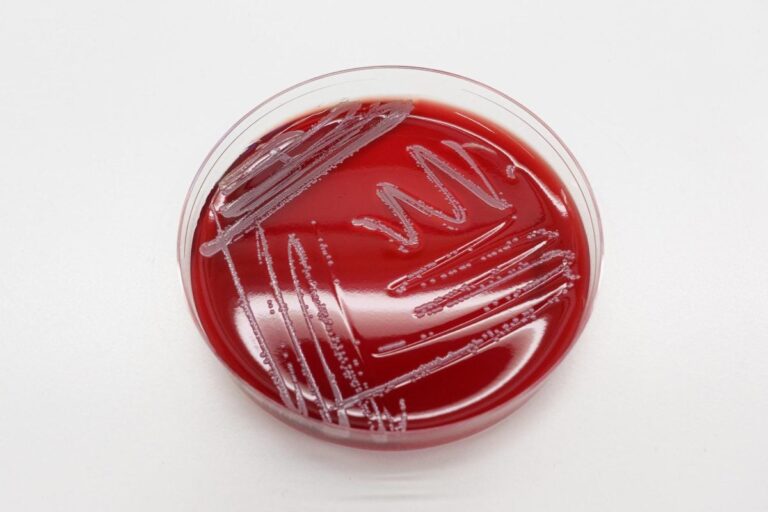A Mysterious Glow with a Deeper Message
The ocean’s green glow has long fascinated sailors, scientists, and beachgoers alike. While this luminescence can be a breathtaking sight, recent studies suggest that it may also serve as a warning sign of underlying environmental changes. Experts believe that certain bioluminescent events, caused by algae blooms and shifts in marine ecosystems, could indicate troubling disruptions in ocean health.
Bioluminescent Algae Blooms: A Double-Edged Sword
One of the most common causes of oceanic glow is the presence of bioluminescent algae, such as Noctiluca scintillans (also known as “sea sparkle”). These microscopic organisms emit light when disturbed, creating the famous glowing waves seen in various parts of the world. However, massive algae blooms can lead to oxygen depletion in the water, harming marine life.
In places like Tasmania’s Storm Bay, researchers have observed a surge in bioluminescent algae following the decay of salps—tiny gelatinous marine creatures. As these organisms decompose, they release nutrients into the water, fueling algae growth. While mesmerizing to the human eye, such blooms can disrupt marine food chains and even pose risks to fisheries.
Jellyfish Swarms: A Sign of Ecological Imbalance
Another alarming trend accompanying bioluminescent algae blooms is the rapid increase in jellyfish populations. In the same Tasmanian bay, a massive swarm of moon jellyfish (Aurelia aurita) was recorded alongside the glowing algae. Scientists warn that excessive jellyfish populations can threaten fish stocks by consuming plankton, fish eggs, and larvae—key components of the ocean’s food web.
Environmental Factors Triggering the Glow
Changes in ocean temperature, salinity, and nutrient levels play a crucial role in triggering these bioluminescent events. A sudden drop in salinity, for example, can cause bioluminescent organisms to glow continuously, signaling alterations in marine ecosystems. Climate change, pollution, and human activities further exacerbate these disruptions.
What Can Be Done?
Scientists emphasize the need for continuous monitoring of bioluminescent events to understand their long-term impact on marine ecosystems. Governments and environmental organizations are also urging better regulation of pollutants that contribute to excessive nutrient buildup in oceans.
Dr. Emily Carter, a marine biologist, stresses the importance of awareness: “The ocean’s glow is beautiful, but it can also be a distress signal from nature. By studying these patterns, we can better protect marine life and mitigate ecological damage.”
Conclusion
While the green glow of the ocean remains one of nature’s most captivating spectacles, it is also a phenomenon that warrants close observation. Whether caused by natural cycles or human influence, these glowing events remind us of the delicate balance within marine ecosystems—and the need to protect them before it’s too late.

















+ There are no comments
Add yours